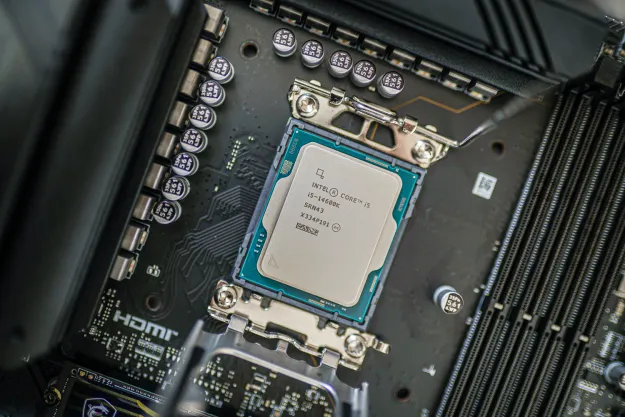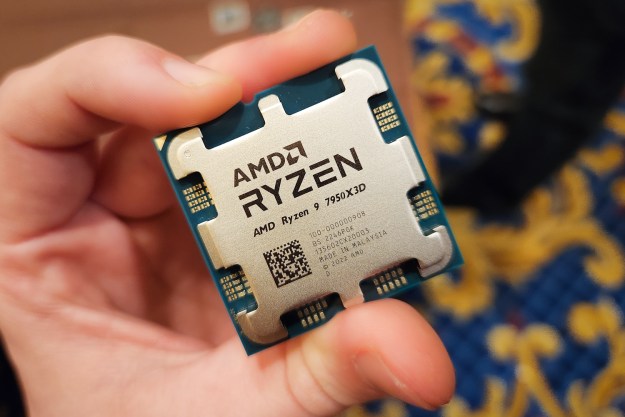Although, of course, you would expect it to. AMD has been talking up how much more powerful this next-generation of chip is, handling as much as “40 percent” more instructions per cycle than the previous Excavator cores within its current generation of CPUs.
But from AMD’s video, it’s really hard to tell how much of a difference that makes. The game looks to be running at reasonably high specifications and at a smooth frame rate, but in a compressed YouTube video it’s impossible to tell. We’re also not given any details on what detail settings the game is running on or what graphics processor (GPU) it has doing the grunt work.
Without that, all we can really do is say that Zen is far along enough in the production line that it’s capable of playing commercial software in a competent fashion.
Regardless, though, it’s good that AMD is rigorously testing its new line of potentially top-of-the-line processors, as we want them to be good and ready when it’s time to officially release them next year. In an ideal world they debut and compete directly with Intel in some segment of the upper market, giving that firm a good reason to step up its game in turn.
2016 has been a big year for AMD. If it can have a solid launch with its Polaris GPUs, that will set it up nicely for a good showing of Zen in a few months’ time. This time next year we could be looking at a very different AMD than we see today.
Its staff probably still won’t be any better at Doom though.
Editors' Recommendations
- Gigabyte just confirmed AMD’s Ryzen 9000 CPUs
- AMD’s next-gen CPUs are much closer than we thought
- The one AMD 3D V-Cache processor you should avoid at all costs
- Nice try, Intel, but AMD 3D V-Cache chips still win
- Intel just launched the ‘world’s fastest’ CPU





